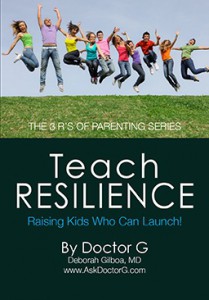PRDaily recently ran my blog “6 Reasons Why An Athlete Should Run Your Social Media.” It should be obvious by now that I firmly believe running inspires me personally and professionally. But I’m not the only one. Here’s what folks on Twitter have been saying:
Love this, good reasoning! RT @bridgetforney: 6 reasons an athlete should run your social media…or anything, really. awe.sm/k7utS
— Jessie Benson (@jbenson22) November 1, 2012
6 reasons an athlete should run your social media…or anything, really. awe.sm/k7utS Hiring former athletes is just smart. — Bridget Marie Forney (@BridgetForney) November 1, 2012
Stealing this from @caityrogo cause it’s awesome and I couldn’t agree more.Plus I still need a job. prdaily.com/Main/Articles/…
— Ryan Changes (@OofitsRyan) October 31, 2012
RT @caityrogo: this makes SO much sense. RT @markraganceo: 6 reasons an athlete should run your social media buff.ly/T44X5Y
— Caitie Craumer (@caitiecraumer) October 31, 2012
This is quite clever: “6 reasons an athlete should run your social media” prdaily.com/Main/Articles/… #socialmedia
— Liz (@lizyoung43) October 31, 2012
Always love these “why athletes rock in the business world” stories. We know how to get it done. prdaily.com/Main/Articles/…
— Jennifer S. Worrell (@JenniferWorrell) October 31, 2012
Good read with very true points! RT @markraganceo: 6 reasons an athlete should run your social media bit.ly/T44X5Y
— Matthew Maxey (@maxey2005) October 31, 2012
Would also add they understand time management 😀 => 6 reasons an athlete should run your social media prdaily.com/Main/Articles/…#socialmedia
— Karen Freberg, Ph.D. (@kfreberg) October 31, 2012
Those are just a few of the replies. I used Storify to collect many more responses to this post and can help you learn how to use Storify to capture responses to your campaigns, too!









